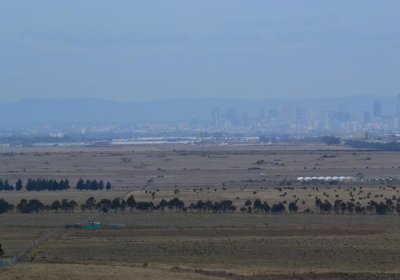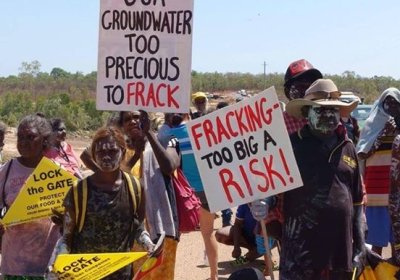Four hundred people gathered at the summit of Mt Donna Buang in the Yarra Ranges National Park on May 13 to create a human sign spelling out support for a new Great Forest National Park in the Central Highlands and Gippsland.
Called The Great Forest Picnic, the human sign was 60 metres long, 50 metres wide and spelled out the words “We ♥ parks”.









